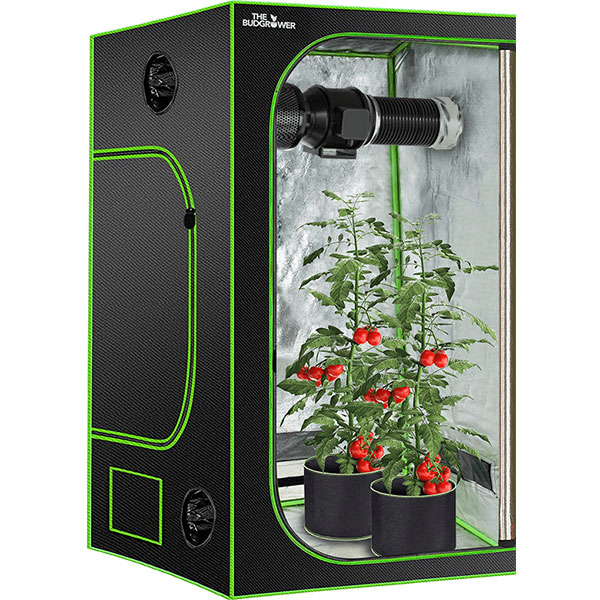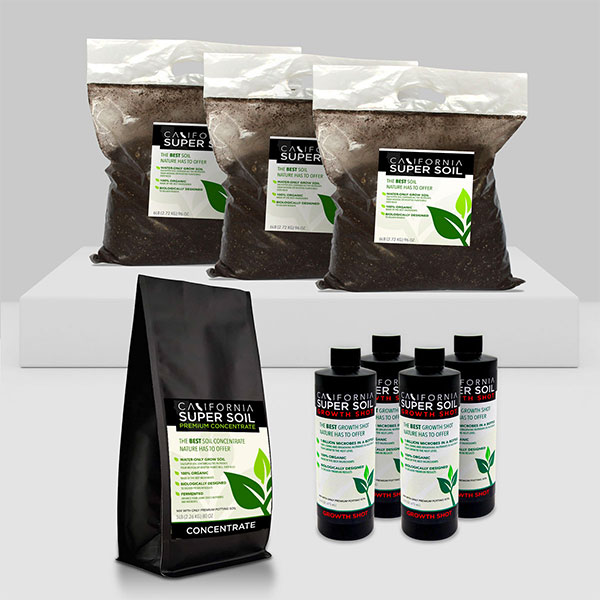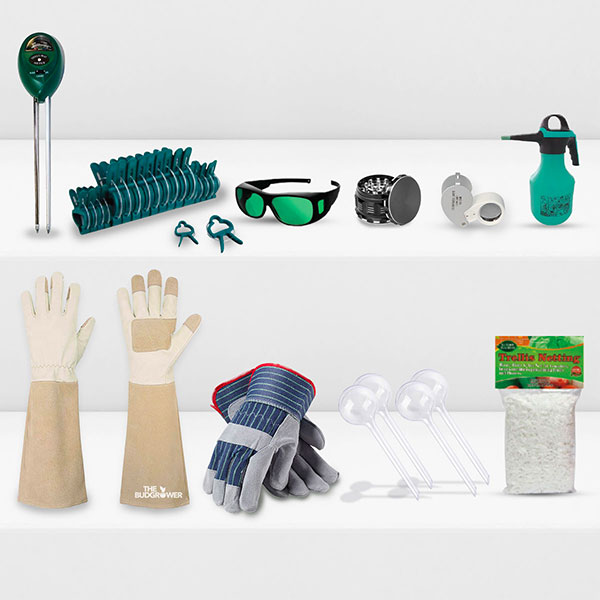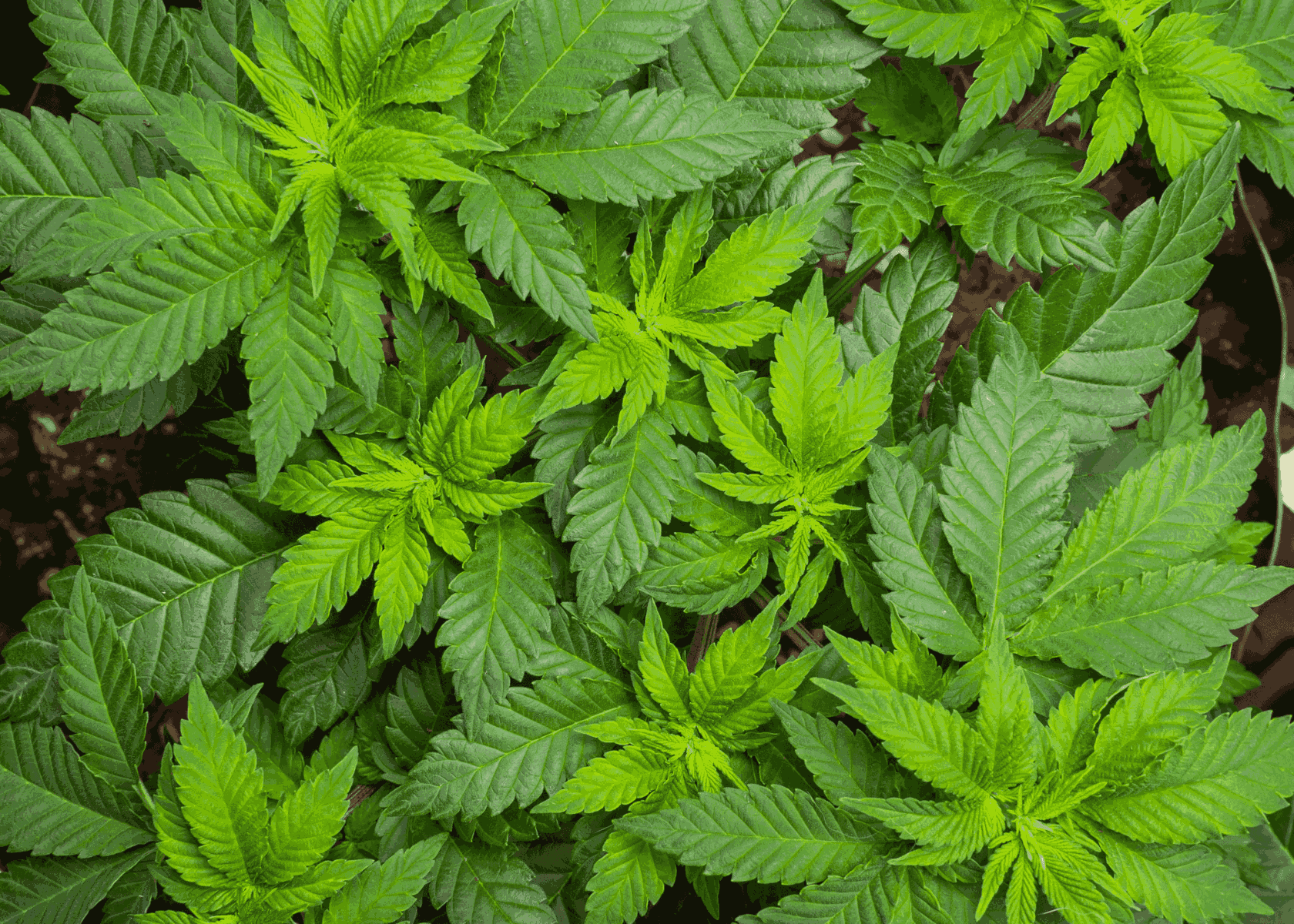You’ll see the terms vegetative state and vegetative growth quite a lot on the internet. Perhaps you know they are related to plants, but we’re here to clear your doubts on what exactly these words mean and how important it is for you to know the vegetative duration of a plant before you sow it in your home garden!
This phase in a plant’s life spans from germination until the plant is ready for reproduction. It involves the growth of both the root, and shoot, and the length and width of the plant. The plant undergoes leaf development, stem strengthening, and an expanded root network during this time. These processes collectively prepare the plant for reproduction.
Understanding the distinct stages in a plant’s life cycle is crucial for assessing its health and identifying any nutrient deficiencies. If flowering takes longer than expected, it’s a signal that attention is needed, prompting you to investigate and find solutions.
How Long Does this Stage Last?
Determining the duration of the vegetative stage is not straightforward. It varies among plant species due to factors such as environmental conditions, soil quality, and the goals of the grower. Some plants may progress through this phase in a few weeks, while others might take months before producing fruit.
The time frame depends on factors like the plant species, environmental conditions, soil quality, and the grower’s objectives. Outdoor plants may exhibit different growth rates even within the same species due to variations in sunlight, temperature, and humidity. In contrast, indoor plants provide more stability since all environmental factors can be adjusted to create an optimal growth environment.
While plants like cannabis and marijuana take up to 16 weeks, the vegetative stage for tomatoes lasts no more than 25 days. For peas, this period ranges from 8 to 9 weeks, green beans and cucumber enter their reproductive phase in just 6 weeks. Carrots and radishes grow for up to 3 weeks and then we have plants like lettuce which remain in their vegetative growth phase for 12 days only.
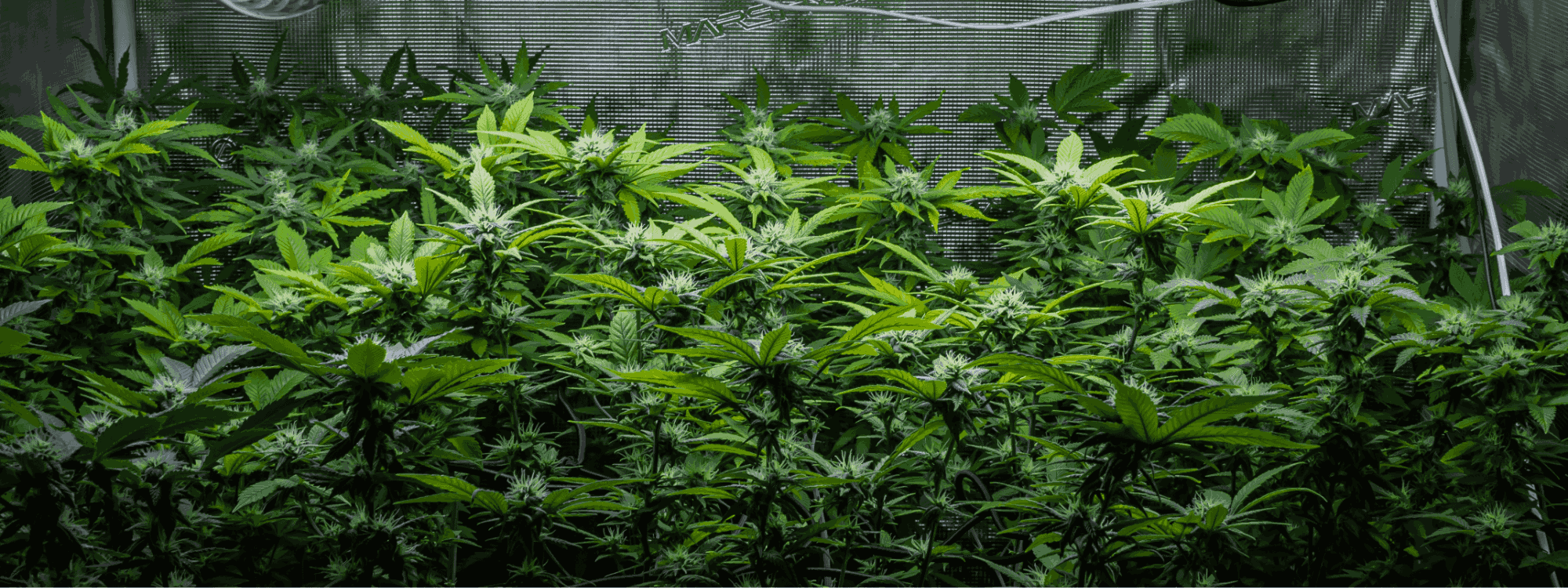 What Factors Affect the Vegetative Stage of a Plant
What Factors Affect the Vegetative Stage of a Plant
Here Are Some Factors That Affect the Vegetative Stage of a Plant:
1. Light
The most crucial element for a plant to grow is the availability of light. Lights allow plants to photosynthesize, and make their food. We have now established that the growth period of each plant varies and so does their requirement for light. Alterations to optimal light hours may affect the vegetative growth of plants.
2. Water
In addition to being a raw material for photosynthesis, water is also responsible for the absorption and transportation of nutrients within the plant. Insufficient water supply can interfere with the growth and development of plants during their vegetative stages.
3. Temperature
Like all living beings, plants thrive best in specific temperature ranges. Plant processes like photosynthesis, respiration, transpiration, germination, and vegetative growth are all temperature-driven. Depending on plant type, temperature increases or decreases can accelerate or de-accelerate plant growth.
4. Humidity
An optimal level of humidity is necessary to promote growth. Plants are at risk of fungal diseases if humidity levels get too high. On the contrary, the plant may die if these levels get too low.
5. Plant Genetics
The genetic makeup varies from plant to plant. Specific species are simply slow growers, while some grow fast. Slow growers will likely have a longer vegetative period than those that shoot quickly. Bamboo and sunflowers are some examples of rapid growers. At the same time, apple and mango trees have a genetic makeup that allows slower growth.
6. Pests
Monitoring of pests is necessary to keep your plants from getting infected. The use of pesticides and insecticides helps keep them at bay. Otherwise, they can damage the plant’s roots, stems, and leaves.
7. Nutrient Absorption
The amount of nutrients a plant absorbs is directly proportional to its growth rate. Nitrogen, phosphorus, and potassium are the three most important nutrients the plants require during their growth period. Nutritional deficiencies can slow down the growth and eventually cause the plant to die.
8. State of Dormancy
Many plants go into a state of dormancy during winter. In these months, the metabolic activities slow down, and energy is conserved for the next bloom.
Summing It Up
The vegetative stage of a plant’s life is when a plant matures enough to flower, fruit, and reproduce. This duration varies for each plant depending on the light, humidity, temperature, and genetic makeup!
Got more questions? Let us know, and we’ll gladly answer them for you!

